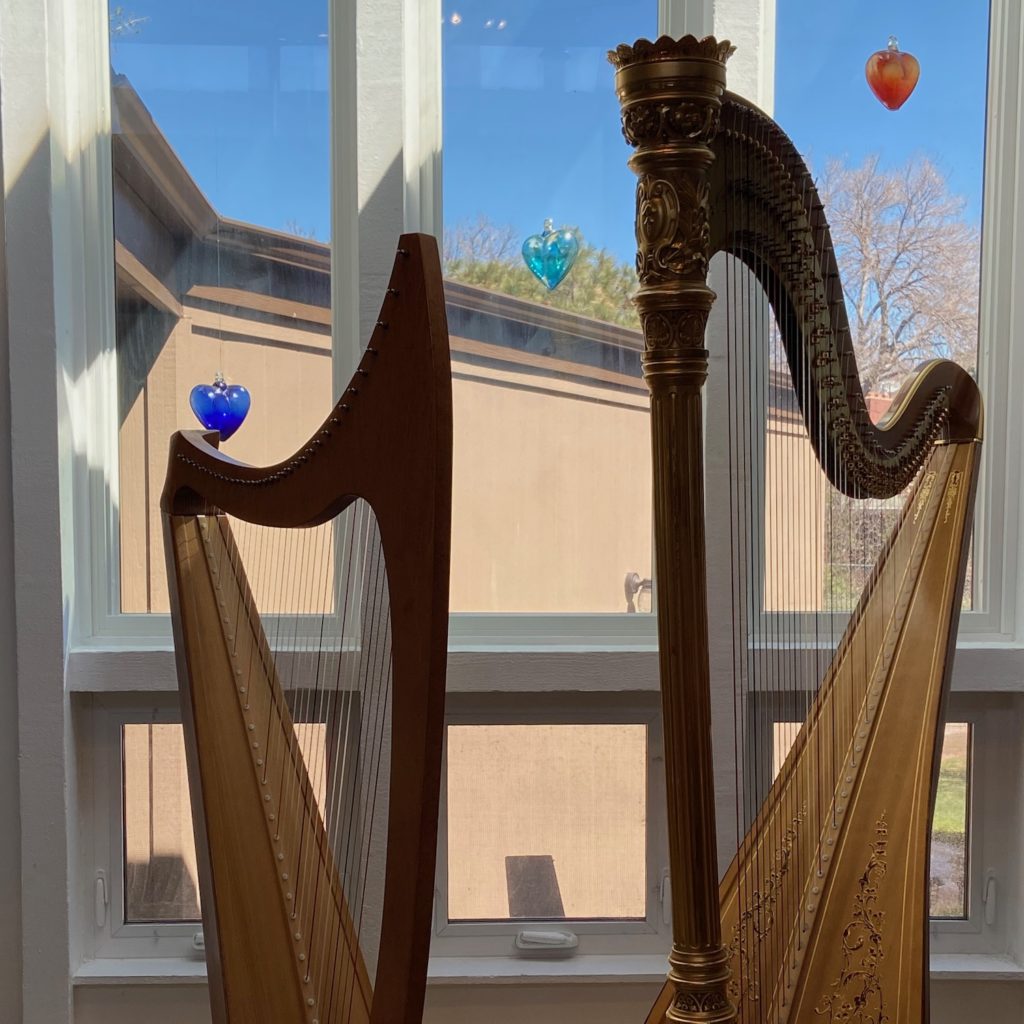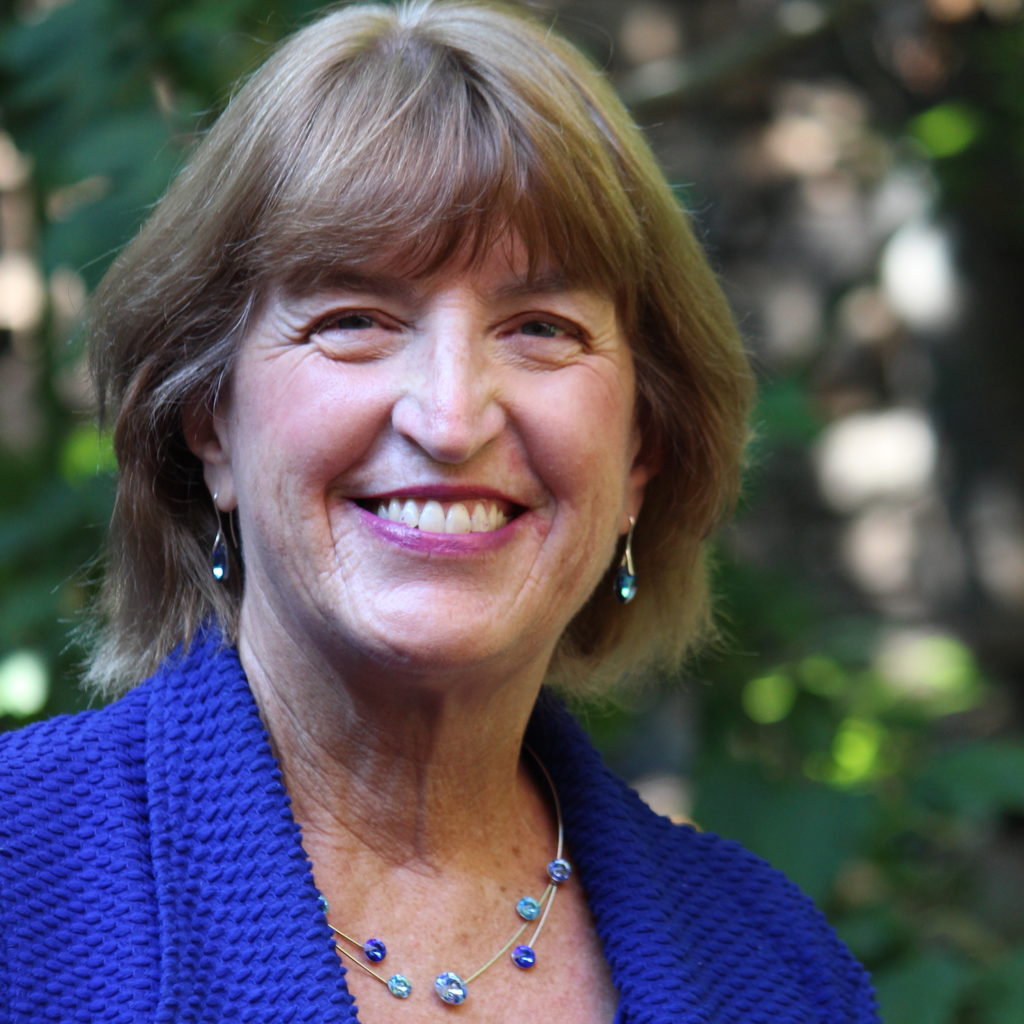The Difference Between Therapeutic Music and Music Therapy




Professionally, there is an important difference between therapeutic music and music therapy, even though there are similarities.
The Role of Therapeutic Musicians
The National Standards Board for Therapeutic Musicians, https://www.nsbtm.org/, states “ The practice of the therapeutic musician is to use the intrinsic healing elements of live music and sound to provide an environment conducive to the human healing process.” This means that Certified Music Practitioners (CMPS), graduates from the Music for Healing and Transition Program, www.mhtp.org , are musicians who have been trained to go into a patient’s room, assess the patient’s condition and then play music, in the way they have been trained, to not only help create a healing environment, but also to help clinically make a difference. Please click here to see the benefits of therapeutic music. The patient’s role is to listen (either consciously or unconsciously) to the music. When their body responds, the CMPS responds as well and a “musical conversation” occurs to help in the healing process of the patient. CMPs have earned their Certification through an intensive training program called the Music for Healing and Transition Program, www.mhtp.org .
The Role of Music Therapists
Music Therapy is defined as “ the clinical & evidence-based use of music interventions to accomplish individualized goals within a therapeutic relationship by a credentialed professional who has completed an approved music therapy program.” https://www.musictherapy.org/ Music Therapists have a degree from an accredited college and are therapists. They use music as an intervention to help their patient, like an Occupational or Physical therapist uses their specific training, to achieve a medical outcome for the patient. The ideal goal is to have the patient interact with the music therapist to achieve this defined goal. An example is if a stroke victim needs to improve their motor skills, they may learn to play a drum. Music therapists are trained to work with a patient to work through many things such as trauma. One strategy they may use is to help the patient write a song about their situation, in order to help process it.
One analogy is to imagine that live therapeutic music is more like a “musical massage.” In contrast, music therapy is more like physical therapy, which works on a specific area of the body.
The Difference Between Therapeutic Music and Music Therapy
Since therapeutic musicians are trained to go into a room to help create a healing environment so that a patient’s body can become less stressed and perhaps go into the Relaxation Response, the patient participates by listening. When a music therapist goes into a patient’s room, the goal is to achieve a medical outcome, and the patient is very participatory. CMPs are ideal for playing for ICU patients, while music therapists are ideal for working with patient’s in rehab to help them recover. The patient’s with situations in between these two ends of the spectrum, could be served by either a CMP or Music Therapist, depending on whomever is available.
What is Harp Therapy?
“Harp therapy is a general term used to describe the continuum of types of therapies in which the harp is used. The harp, with its soothing timbre and spiritual associations, has been revered as a healing instrument by many cultures for thousands of years.
From the Harp Therapy Journal
Harp therapy may be provided at home or in a clinical setting. The setting largely dictates what size harp can be used, however a variety of sizes of harps may be used to provide therapeutic harp music. When therapeutic harp music is played, recipients may receive beneficial effects such as increased relaxation, improvement in sleep, decreased pain and anxiety, stabilization of vital signs, and improvement in mood. An end-of-life music vigil can also help a patient to achieve a peaceful transition.”
CMPS not only play harps, but also other acoustic instruments, such as guitar, flute, violin, viola, cello, voice and keyboard.
Sacred Space Specializes in Live Therapeutic Music
Please contact us if you’d like to learn more about the differences between live therapeutic music and music therapy. Barbara Lepke-Sims has over 10 years experience as a Certified Music Practitioner and has helped over 6 hospitals build their therapeutic music programs.


Barbara Weiger Lepke-Sims of Sacred Space is a harpist, educator, live therapeutic musician, and consultant. A thought leader in the live therapeutic music community, Barb is a mentor and advocate for the healing power of music. She is based in Denver, Colorado.
